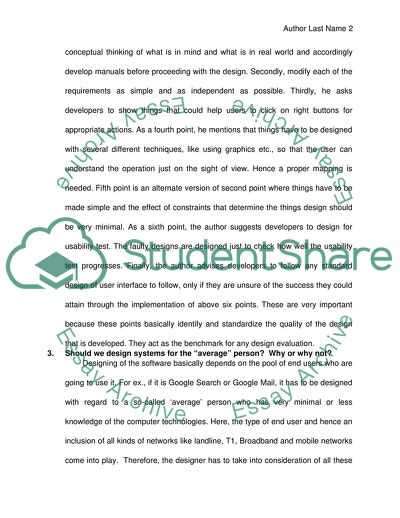Cite this document
(The Interaction Design Assignment Example | Topics and Well Written Essays - 1750 words, n.d.)
The Interaction Design Assignment Example | Topics and Well Written Essays - 1750 words. https://studentshare.org/design-technology/1731295-information-technology-related-questions-and-answers
The Interaction Design Assignment Example | Topics and Well Written Essays - 1750 words. https://studentshare.org/design-technology/1731295-information-technology-related-questions-and-answers
(The Interaction Design Assignment Example | Topics and Well Written Essays - 1750 Words)
The Interaction Design Assignment Example | Topics and Well Written Essays - 1750 Words. https://studentshare.org/design-technology/1731295-information-technology-related-questions-and-answers.
The Interaction Design Assignment Example | Topics and Well Written Essays - 1750 Words. https://studentshare.org/design-technology/1731295-information-technology-related-questions-and-answers.
“The Interaction Design Assignment Example | Topics and Well Written Essays - 1750 Words”. https://studentshare.org/design-technology/1731295-information-technology-related-questions-and-answers.


